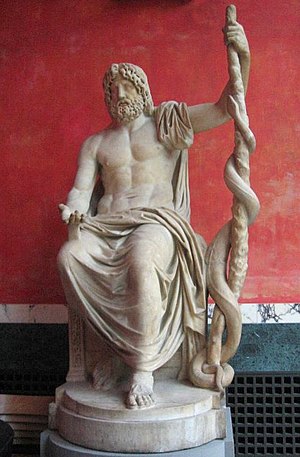
- Image via Wikipedia
You're probably familiar with scenes in historical dramas in which a character becomes ill and is then 'bled' by a physician. You've also probably wondered quite what that was supposed to achieve; nowadays, the idea of inflicting a further injury on an already sick person seems a bit bizarre. However, a few centuries go it all made perfect sense.
Up until the 18th - 19th centuries, medicine was strongly influenced by ancient Greek and Roman teachings, which included the concept of 'humours'. The humours were black bile, yellow bile, phlegm and blood, and it was believed these four elements were present in every human being. If a person was healthy, then their humours were in balance; if they fell ill, it was because their humours were imbalanced. Bleeding, either with leeches or through a deliberate wound, was the cure if the patient was found to have too much blood.
These practices continued for centuries, despite their inefficacy and were only supplanted with the advent of more modern medicine - which ironically probably drew more on folk medicine, at least in terms of new drug treatments, than anything which was advocated by previous generations of the medical profession.
Further reading:
![Reblog this post [with Zemanta]](http://img.zemanta.com/reblog_b.png?x-id=b4a78fe9-853a-40ff-959c-6eea391d8c2d)
I need some advice for my blog....I like your layout. Can you help me? 4 7 6
ReplyDelete